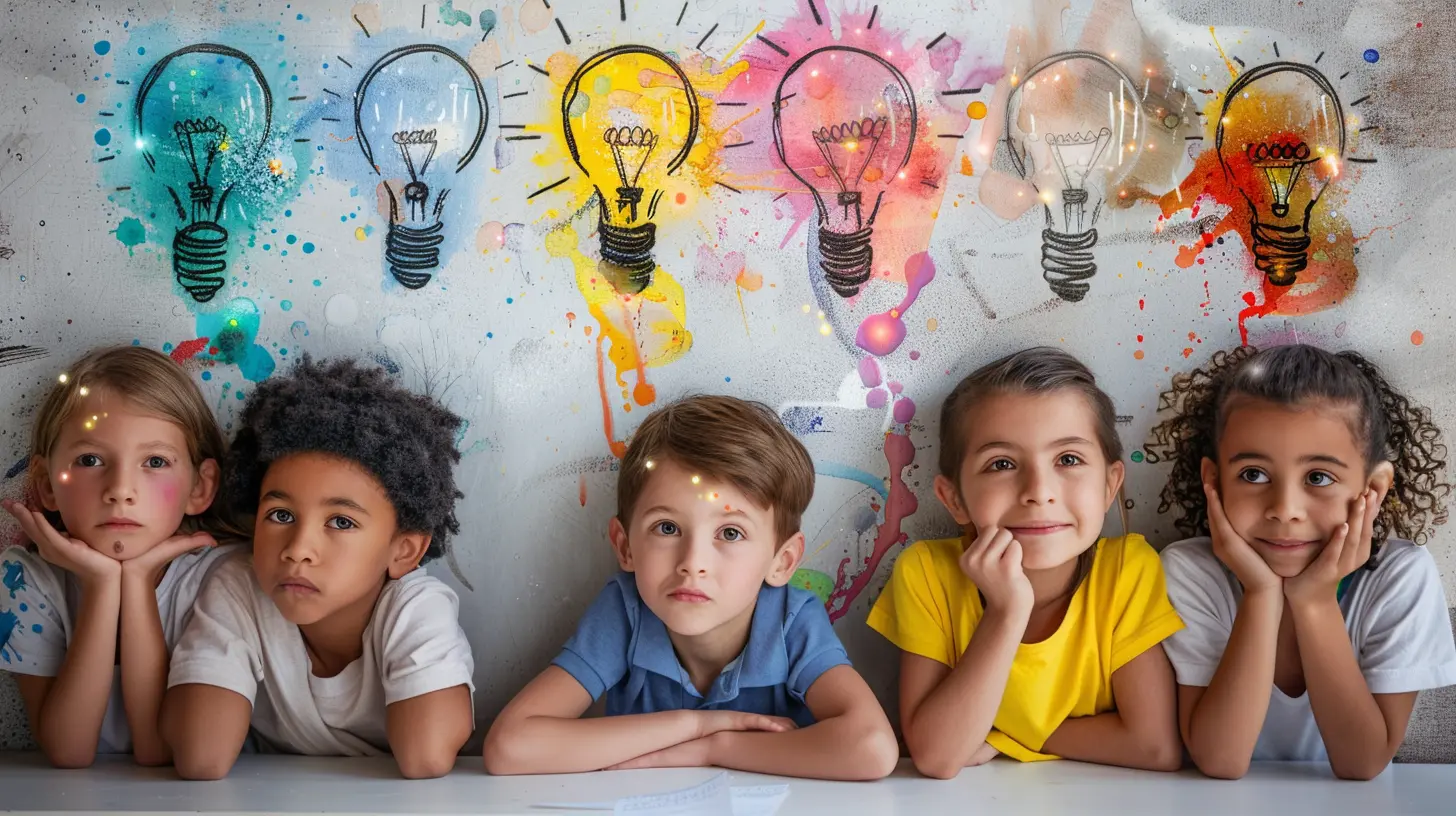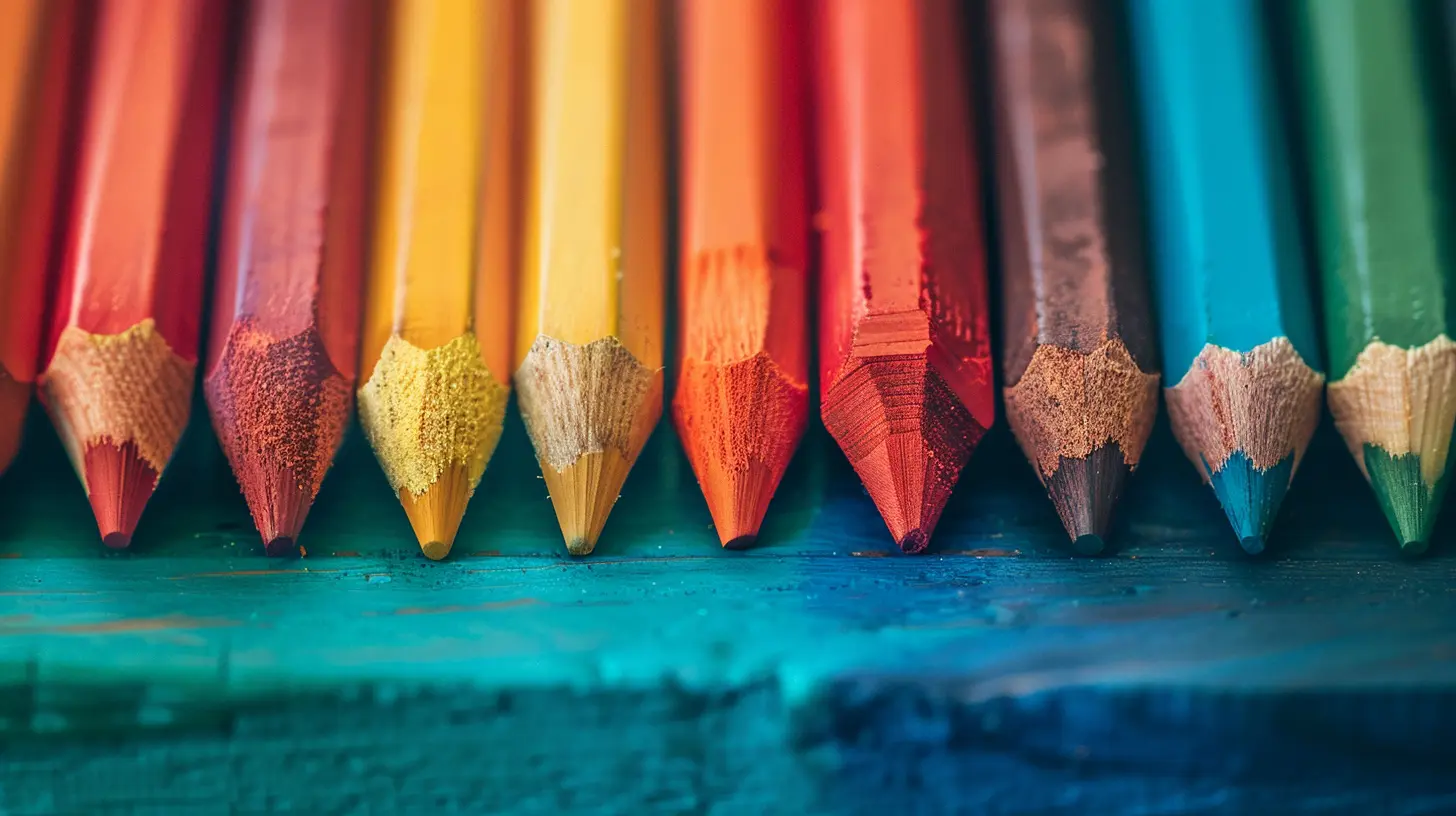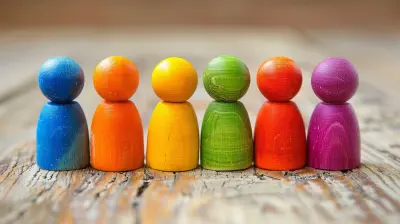How Differentiated Instruction Supports Social-Emotional Learning
2 June 2025
In today's classrooms, students come from all walks of life, each bringing their own unique set of strengths, challenges, and emotions. As educators, we recognize that a one-size-fits-all approach to teaching just doesn’t work. This is where differentiated instruction and social-emotional learning (SEL) come into play. But how do these two powerful strategies intersect? In this article, we’ll dive deep into how differentiated instruction supports social-emotional learning and why combining the two can lead to a more inclusive, empathetic, and successful learning environment.
What is Differentiated Instruction?
Before we get into the nitty-gritty of how it supports SEL, let’s first break down what differentiated instruction is all about. Think of it like a buffet. Instead of serving the same dish to everyone, teachers offer a variety of "learning meals" to cater to different tastes—aka learning styles, abilities, and interests. Differentiated instruction is all about tailoring your teaching methods to meet the diverse needs of your students.Key Elements of Differentiated Instruction:
1. Content: What students learn (the material can be adapted to match different reading levels or prior knowledge).2. Process: How students learn (some might engage through hands-on activities, while others prefer visual aids or group discussions).
3. Product: How students demonstrate what they’ve learned (essays, presentations, or creative projects).
4. Learning Environment: The setting where students learn (flexible seating, quiet spaces, or collaborative areas).
Essentially, differentiated instruction is about ensuring that every student has access to learning in a way that works best for them. But what happens when we weave social-emotional learning into this approach?
What is Social-Emotional Learning (SEL)?
Social-emotional learning (SEL) goes beyond academics. It’s about teaching students how to recognize and manage their emotions, set and achieve goals, show empathy towards others, establish positive relationships, and make responsible decisions. In a world that’s increasingly complex and emotionally charged, SEL skills are more important than ever.Core Components of SEL:
1. Self-awareness: Understanding your own emotions, strengths, and limitations.2. Self-management: The ability to regulate your emotions and behaviors.
3. Social awareness: Being empathetic and understanding the perspectives of others.
4. Relationship skills: Building and maintaining healthy relationships.
5. Responsible decision-making: Making choices that are respectful, safe, and ethical.
These skills are critical not just for academic success, but for life in general. Now, imagine a classroom where both differentiated instruction and SEL are integrated seamlessly. The possibilities are endless!
How Differentiated Instruction and SEL Work Together
You might be wondering, "How exactly does differentiated instruction support social-emotional learning?" At first glance, they may seem like two separate ideas, but they actually complement each other beautifully. Let’s break it down:1. Building Self-Awareness Through Personalized Learning
Differentiated instruction allows students to engage with content in ways that align with their personal strengths, interests, and learning styles. When students are given choices in how they learn, they begin to develop greater self-awareness. They start to understand what works for them and what doesn’t. Maybe a student realizes that they learn better through visual aids, while another thrives in group discussions. This self-awareness is a key component of SEL.When students know how they learn best, they feel more confident in their abilities. This not only boosts their academic success but also encourages a positive self-image. And let’s be real—when students feel better about themselves, they’re more likely to engage and participate in class.
2. Promoting Self-Management with Flexible Learning Paths
One of the hallmarks of differentiated instruction is giving students the flexibility to learn at their own pace. This promotes self-management because students must take responsibility for their learning. If a student is working on a project or engaging in independent study, they need to manage their time, stay focused, and complete tasks without constant supervision.This is a critical life skill! Think about it—how often do we, as adults, have to manage our time and set our own deadlines? By fostering self-management through differentiation, we’re not only teaching students how to learn, but we’re also preparing them for the real world.
3. Enhancing Social Awareness through Group Activities
Differentiated instruction often involves collaborative learning, where students work together in groups to solve problems or complete tasks. These group activities are perfect opportunities to build social awareness. Students learn to appreciate different perspectives, communicate effectively, and show empathy toward their peers.For example, when students are paired with different classmates for group projects, they’re exposed to a variety of viewpoints and learning styles. Maybe one student is great at organizing ideas, while another excels at creative thinking. Through these interactions, students learn to value diversity and understand that everyone has something unique to contribute.
4. Fostering Relationship Skills in a Supportive Environment
Differentiated instruction naturally creates a more inclusive and supportive classroom environment. When students feel that their unique learning needs are being met, they’re more likely to engage with their peers in positive ways. This builds relationship skills, another key component of SEL.In a differentiated classroom, teachers often set up peer tutoring systems or collaborative learning groups, where students work together to achieve common goals. These interactions help students develop communication, cooperation, and conflict-resolution skills—skills that are essential for building healthy relationships both inside and outside of the classroom.
5. Encouraging Responsible Decision-Making through Choice
One of the most empowering aspects of differentiated instruction is giving students choices. Whether it's choosing a topic for a research project or deciding how to present their findings, students are given opportunities to make decisions about their learning. This encourages responsible decision-making.When students are given autonomy, they become more invested in their work. They learn to weigh the pros and cons of their choices, think critically about their options, and take ownership of the outcomes. These are essential skills that will serve them well throughout their lives.
The Role of the Teacher in Integrating Differentiated Instruction and SEL
As a teacher, your role in integrating differentiated instruction with SEL is no small task. But it’s also incredibly rewarding. You’re not just a "teacher" in the traditional sense—you’re a coach, a mentor, and a guide, helping your students navigate both their academic and emotional journeys.Here are a few strategies to help you get started:
1. Know Your Students: Take the time to understand each student’s strengths, challenges, and interests. This will help you tailor your instruction to meet their unique needs.2. Create a Safe and Inclusive Environment: Students need to feel safe and supported in order to engage in both academic and social-emotional learning. Foster an environment where mistakes are seen as opportunities for growth, and differences are celebrated.
3. Incorporate SEL into Your Daily Routine: SEL doesn’t have to be a separate lesson—it can be woven into your everyday teaching. For example, start the day with a "check-in" to see how students are feeling, or incorporate reflection activities that encourage self-awareness and empathy.
4. Provide Opportunities for Choice and Autonomy: Give students the freedom to make choices about their learning. This not only supports differentiated instruction but also encourages responsible decision-making.
5. Model SEL Skills: As a teacher, you’re a role model for your students. Demonstrate empathy, self-awareness, and responsible decision-making in your interactions with students and colleagues.
The Benefits of Combining Differentiated Instruction and SEL
By integrating differentiated instruction with social-emotional learning, you’re not just teaching students academic content—you’re helping them develop into well-rounded individuals who are equipped to navigate the complexities of life.Here are just a few of the benefits:
- Improved Academic Outcomes: When students feel supported both academically and emotionally, they’re more likely to succeed in school.
- Stronger Relationships: SEL fosters positive relationships between students and teachers, as well as among peers.
- Increased Engagement: Differentiated instruction keeps students engaged by offering learning experiences that match their interests and abilities.
- Better Emotional Regulation: Students who develop SEL skills are better able to manage their emotions, leading to a more positive classroom environment.
Conclusion
Differentiated instruction and social-emotional learning are like two sides of the same coin. When combined, they create a powerful approach to education that addresses both the academic and emotional needs of students. By tailoring your teaching to meet the diverse needs of your students and fostering a supportive, empathetic classroom environment, you’re not just teaching content—you’re helping your students grow into emotionally intelligent, resilient individuals who are ready to take on the world.all images in this post were generated using AI tools
Category:
Differentiated InstructionAuthor:

Olivia Chapman
Discussion
rate this article
3 comments
Fenris Lopez
Differentiated instruction is essential for fostering social-emotional learning, empowering students to thrive both academically and personally.
June 18, 2025 at 10:29 AM

Olivia Chapman
Absolutely! Differentiated instruction tailors learning experiences to individual needs, promoting social-emotional growth and academic success for all students.
Scout Snyder
Empowering students through tailored support.
June 5, 2025 at 3:46 AM

Olivia Chapman
Thank you! Tailored support is essential for meeting individual needs and fostering both academic and emotional growth in students.
Zephyrae McQuade
Great article! It's inspiring to see how differentiated instruction can bridge social-emotional learning with academic growth. Every student deserves tailored support to thrive both personally and academically!
June 2, 2025 at 4:27 AM

Olivia Chapman
Thank you so much! I'm glad you found the article inspiring and agree on the importance of tailored support for every student.



